by Hilary Kiely
Disclaimer: It is unlawful to use a metal detector in Ireland in proximity to any site with any known archaeological significance, unlicensed excavation is a crime, and all finds belong to Ireland and not to any individual land owner or finder.
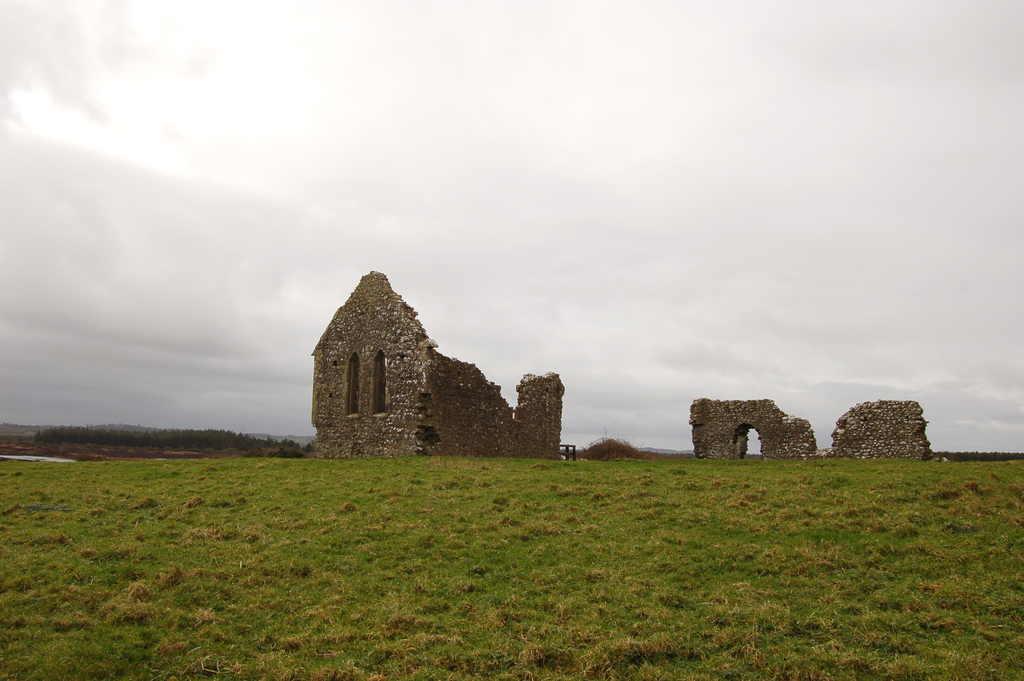
This week marks the anniversary of the discovery in 1980 of the Derrynaflan Chalice in County Tipperary. A metal detectorist, with permission from the local landowner was giving the area around the ruins of a medieval church the once over, Even though he didn’t have permission to dig, the signal from the detector was too tempting not to explore and so he and his son did a little digging. The chalice was unmistakably an extremely valuable find so they took it home after finding a few other items and filling in the holes. It would be three weeks before they contacted an archaeologist.
The hoard they uncovered is significant in more than one way, in that the discovery and the subsequent handling and fall out regarding the ownership necessitated an updating of the laws governing excavation, ownership of archaeological finds, and penalties. The National Monuments Act (a quick guide to it can be found here: https://www.museum.ie/en-IE/Collections-Research/The-Law-on-Metal-Detecting-in-Ireland) was updated to increase the protections and penalties attached to unlicensed detecting/excavations.
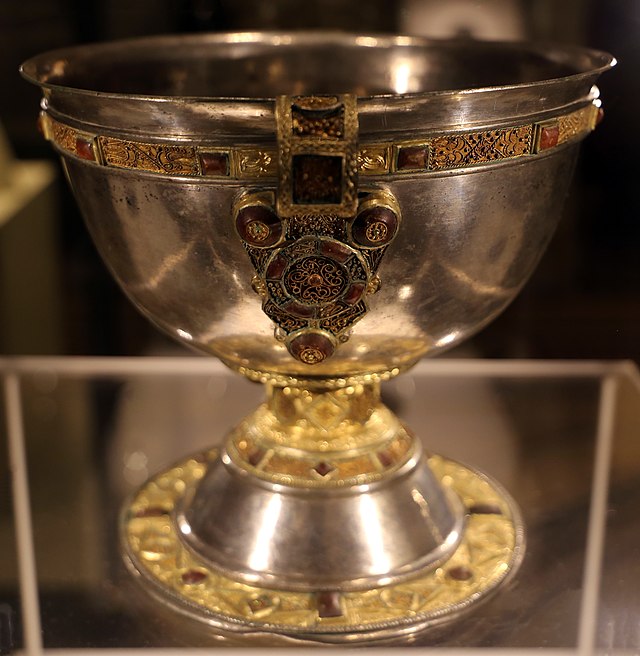
Although the circumstances of the find were far from ideal, the hoard is both spectacular and significant. The find was made near the remains of a medieval monastic settlement. The objects found by the original treasure hunter includes the silver chalice, a paten (a kind of plate) and a liturgical strainer, all objects associated with the Christian Eucharist, and a bronze basin, all dating to around the 8th century. Although the painstaking work of marking the precise location of each object and their relative positions could not be reconstructed, a “rescue” excavation carried out by archaeologists found a number of smaller pieces. Among them were two gold filigree panels, several pieces of the rim of the paten, a bronze mount from the strainer, a glass stud, and a few rivets, which have been returned to their rightful places on the larger finds. These are all on display at the National Museum of Ireland in Dublin.
The items are thought to have, perhaps, been buried by Viking raiders for later retrieval. Or by the monks of the Derrynaflan monastic community to protect it from Viking raiders.

The infrastructure building boom in the Celtic Tiger years (1995-2007) resulted in a significant increase in discovery and excavation of Iron Age and Early Medieval sites. The presence of licensed archaeologists at sites of road work and building developments allowed a number of artefacts to come to light. While they may not all have been as shiny as the Derrynaflan Chalice, many are certainly still significant in helping to flesh out our knowledge of the past. Perhaps something interesting has been found near your own home place – contact me if you would like to find out! I know, gentle reader, you will leave the metal detector at home, but if you do come across something you think may be treasure of some kind in your travels, do thing right thing and call the archaeologist (via the local county Heritage Officer or the National Museum)!
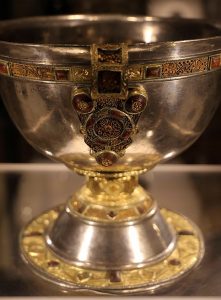
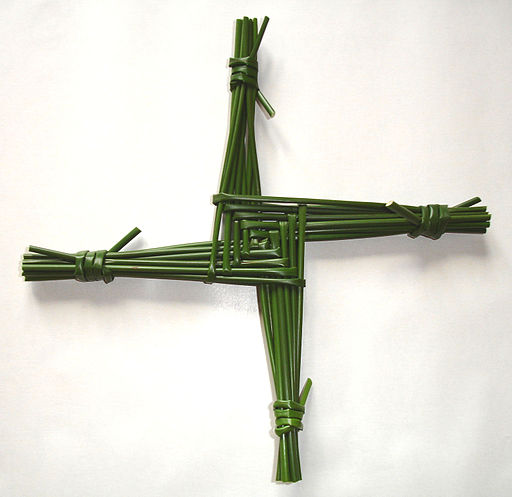
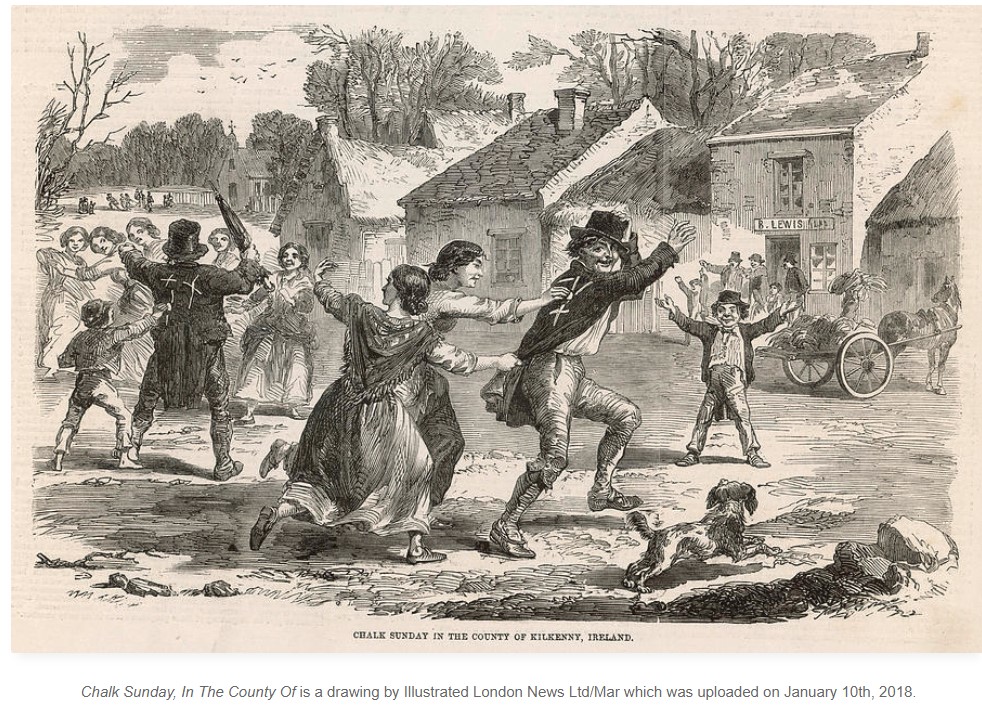
Pingback: Saint Enda of Aran - Silver Branch Heritage